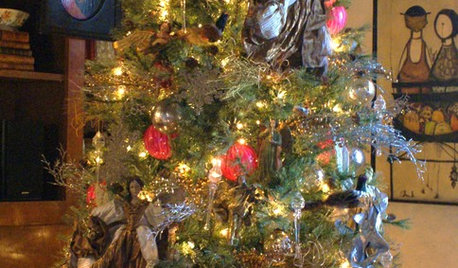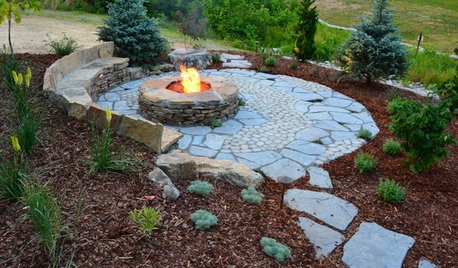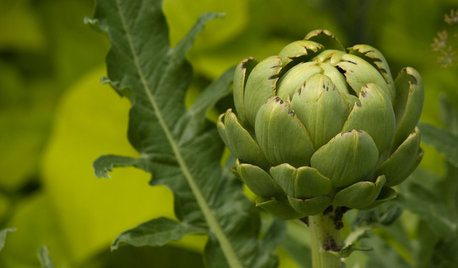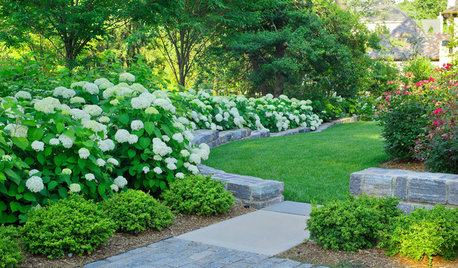Trimming/shaping H. paniculata to a tree
kel_z5
17 years ago
Related Stories

HOLIDAYSChristmas Tree Decorating the Painless Way
Holidays are for carols, not cussing. Make tree trimming less work and more fun with this guide at your side
Full Story
TRIMShutter Cutouts: A Window to One's Soul?
To settle on the perfect shape for this simple detail, follow your heart — or diamond, or maple leaf
Full Story
EDIBLE GARDENSHow to Grow 10 Favorite Fruit Trees at Home
Plant a mini orchard in fall, winter or early spring to enjoy fresh-off-the-tree fruit the following year
Full Story
HOLIDAYS10 Ways Your Christmas Tree Can Live On After the Holidays
Learn how to recycle your Christmas tree and reap benefits for the environment
Full Story
GARDENING GUIDESGrow Your Own Privacy: How to Screen With Plants and Trees
Use living walls to lower your home and garden's exposure while boosting natural beauty in your landscape
Full Story
SPRING GARDENINGTop 10 Scented Plants for Your Garden
A palette of perfumed plants can transform even the smallest of gardens into a sensory delight
Full Story
LANDSCAPE DESIGNGreat Design Plant: Retreat to the Shade of Hardy Catalpa
Big foliage and a towering height provide a shady respite in summer, but that's not all hardy catalpa offers dedicated gardeners
Full Story
GARDENING GUIDESYour Garden Is Stirring — Here’s What to Do in February
February is a good time to start seeds, shape up shrubs and watch for the earliest blooms. Here’s what to do in your part of the U.S. now
Full Story
WINTER GARDENINGPruning Secrets for Exquisite Roses
Encourage gorgeous blooms year after year with this time-tested advice on how to prune your rosebush in winter for health and shape
Full Story
FLOWERS AND PLANTSHydrangea Arborescens Illuminates Garden Borders and Paths
This long-blooming eastern North American native shrub finds a home in landscapes around the world
Full Story





gardengal48 (PNW Z8/9)
kel_z5Original Author
Related Professionals
Marina Landscape Architects & Landscape Designers · New Mexico Landscape Architects & Landscape Designers · Prairie Ridge Landscape Architects & Landscape Designers · Taylorsville Landscape Architects & Landscape Designers · Clark Landscape Contractors · Gloucester Landscape Contractors · Monterey Landscape Contractors · New Providence Landscape Contractors · Newnan Landscape Contractors · Old Saybrook Landscape Contractors · Roswell Landscape Contractors · Vallejo Landscape Contractors · Lincoln Siding & Exteriors · Bolingbrook Siding & Exteriors · Southampton Siding & ExteriorsAmyyUT
hyed